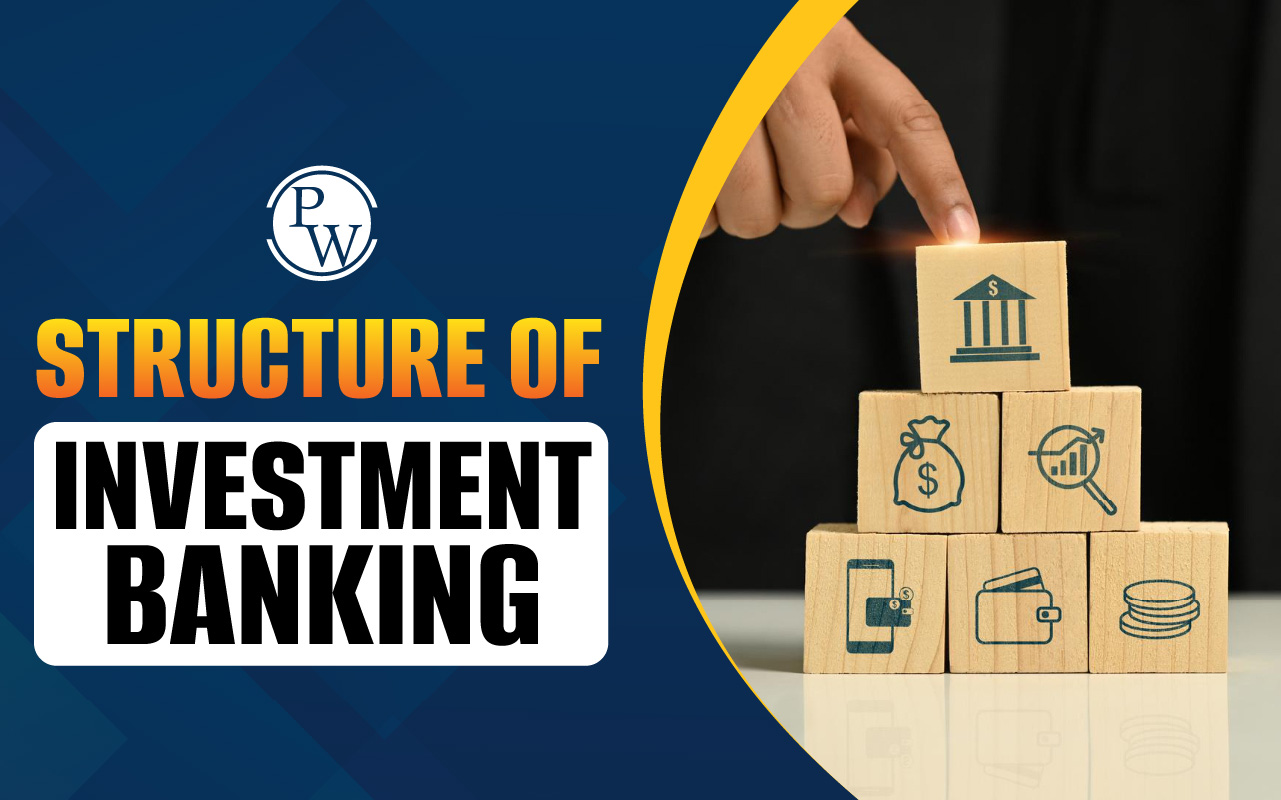

Financial Modelling Syllabus educates you in how to create a company's "money plan" in Excel. You start off by learning the fundamentals of Accounting and Finance, such as the three key money reports of a company. You then do some Excel practice, from basic to advanced, and apply it to create a model that can forecast sales and profits.
The course also deals with determining a company's value through tools such as DCF, CCA, and PTA. You then learn advanced subjects like M&A (when firms merge) and LBO (purchasing a firm with loans). The course takes 6 weeks to 2.5 months, and the cost is around ₹42,000 to ₹45,000 plus GST.
What is Financial Modelling?
Financial Modelling is essentially creating a clever money plan, or blueprint, for an organisation. Most plans are made on Excel, which involves numbers and formulas. Financial Modelling makes it easier for individuals to comprehend and estimate the amount of money a company could earn or spend in the future.
About Financial Modelling Syllabus
Studying the financial modelling syllabus is essential for finance careers. It helps you make effective business decisions. It indicates whether a project will be profitable or whether a company is worth investing in.
Key Topics Covered in a Financial Modelling Syllabus
Financial modelling syllabus deconstructs grand ideas into tiny, simple steps. You learn the simple tools first, and then you learn the advanced valuation techniques. Learning the Core Topics in Financial Modelling prepares you for senior finance positions.
-
Intermediate-level Excel for financial modelling
-
Financial Statement Analysis
-
Financial Ratios
-
Business Finance
-
Equity Research Modelling
-
Corporate Finance
-
Portfolio Management
-
Financial Market
Module 1: Basic to Intermediate Excel for Financial Modelling
In this module, you begin to learn the primary tool named Excel. It aids you in doing money calculations fast. You also learn how to organize your work neatly and make it readable.
-
Learn to use formulas rather than always using the mouse.
-
Practice doing shortcuts fast for time-saving.
-
Perform simple arithmetic such as totals and averages.
-
Organize your work in a tidy manner so others can follow your money blueprint.
Module 2: Advanced Excel & PowerPoint Skills
This module brings your computer skills to a level above. You master difficult Excel functions such as VLOOKUP and INDEX/MATCH. They assist you in retrieving the correct details from big data sheets easily.
You also master how to create well-presented PowerPoint presentations. An attractive presentation assists you in presenting your financial modelling syllabus work to bosses and clients in clear terms. Excellent skills cause your blueprint to be convincing.
Module 3: Basic and Advanced Finance Concepts
This is where you are taught the rules of the world of money. It includes Accounting and Finance Basics. You are taught the three key company money reports: Income Statement, Balance Sheet, and Cash Flow Statement.
You learn how these three statements fit together like pieces of a puzzle. This is fundamental for all the Core Topics in Financial Modelling. It teaches you why the numbers go.
Module 4: Creating a Fully Dynamic Financial Model
You now begin creating the money blueprint itself. A fully dynamic model is one where you can alter one number, and all the rest change automatically. This makes it simple and quick to forecast.
You learn how to predict future costs, sales, and taxes for the business. This is the financial modelling syllabus core, whereby you connect all the financial statements. This model is crucial in comprehending what financial modelling is.
Module 5: Financial Feasibility Study & Business Modelling for Different Sectors
This module shows you how to ensure a new business plan is good. You develop a model to determine if the plan will generate sufficient funds to survive. This is referred to as a financial feasibility study.
You also learn to adapt your money blueprint for various sectors. For example, a template for a technology company differs from that for a power generation plant. This indicates extensive application of financial modelling syllabus concepts.
Module 6: Comparable Company Analysis (CCA)
CCA is a straightforward method of valuing a company. You look at comparable companies by size and sector. You observe what they are currently trading at.
If three comparable companies trade on 10 times their annual earnings, yours may do the same. This technique provides you with a rough estimate of your company's value. This technique is one of the Core Topics in Financial Modelling.
Module 7: Precedent Transaction Analysis (PTA)
PTA is also comparing your business with others. But now, you compare businesses that have been acquired recently by another business. You see the price they were acquired at.
Purchasing a complete company tends to be more expensive than purchasing a mere share. Prices transacted in previous transactions guide you in determining a price for a new sale. This is a very important skill in the financial modelling syllabus.
Module 8: Discounted Cash Flow (DCF) Valuation
DCF is likely the most critical valuation technique. You forecast all the money the company will earn in the future. Next, you apply a mathematical formula to determine what that future money is worth today.
Money in the future is not as valuable as money today. DCF will allow you to calculate the real, fixed value of the company today. It depends significantly on good Accounting and Finance Basics.
Module 9: Football Field Analysis
That sounds like a game, but it is a method for capturing valuation in a nutshell. You place all the valuation figures (from DCF, CCA, PTA, etc.) on one graph. The graph resembles a football field.
This graph indicates the highest and lowest the company could potentially be worth. It enables executives to immediately visualize the potential price range. It makes the output of your financial modelling syllabus work transparent.
Module 10: Pitchbook Development
A pitchbook is a clean presentation document. Investment bankers use it to persuade clients to get into a deal. You get to take your sophisticated financial model data and put it into this neat document.
This module is all about clean presentation and good communication. You transform your spreadsheet work into a narrative. It demonstrates what is financial modelling in practice.
Module 11: Mergers & Acquisitions (M&A) Financial Modelling
M&A stands for one business acquiring or merging with another business. You create a model that brings together the two businesses' money templates. You want to know if the new, larger business will be more profitable.
You look to see if the transaction saves money through 'synergies'. This is a very sophisticated area of the financial modelling syllabus. It assists businesses in making very big, significant decisions.
Module 12: Leveraged Buyout (LBO) Modelling
An LBO is a situation where the purchaser employs a tremendous amount of borrowed funds (debt) to acquire a company. Imagine it as a very mortgaged purchase of a house. The purchaser then intends to fix up the company and resell it later at much higher prices.
The LBO model looks at whether the company is able to repay all that debt in the long run. It is one of the advanced Core Topics in Financial Modelling. It examines your understanding of Accounting and Finance Fundamentals.
Module 13: Mock Interviews & Resume Edits
The last step is job preparation. You rehearse responding to challenging questions regarding your model-building abilities. You become skilled at describing what is financial modelling to the interviewer.
You also receive assistance with making your resume professional-looking. This module assists you in transforming your financial modelling syllabus learning into career success.
The curriculum ranges from basic Excel to advanced LBO modelling. With mastery of these Core Topics in Financial Modelling, you unlock the possibility of thrilling careers. This knowledge is critical for all finance students today.
Financial Modelling Syllabus FAQs
Who can start learning the financial modelling syllabus?
Are these topics only for investment bankers?
In the financial modelling syllabus, how frequently is Excel used?
What is the financial modelling syllabus about and why should I learn it?
Is DCF model included in the Accounting and Finance Fundamentals section?













